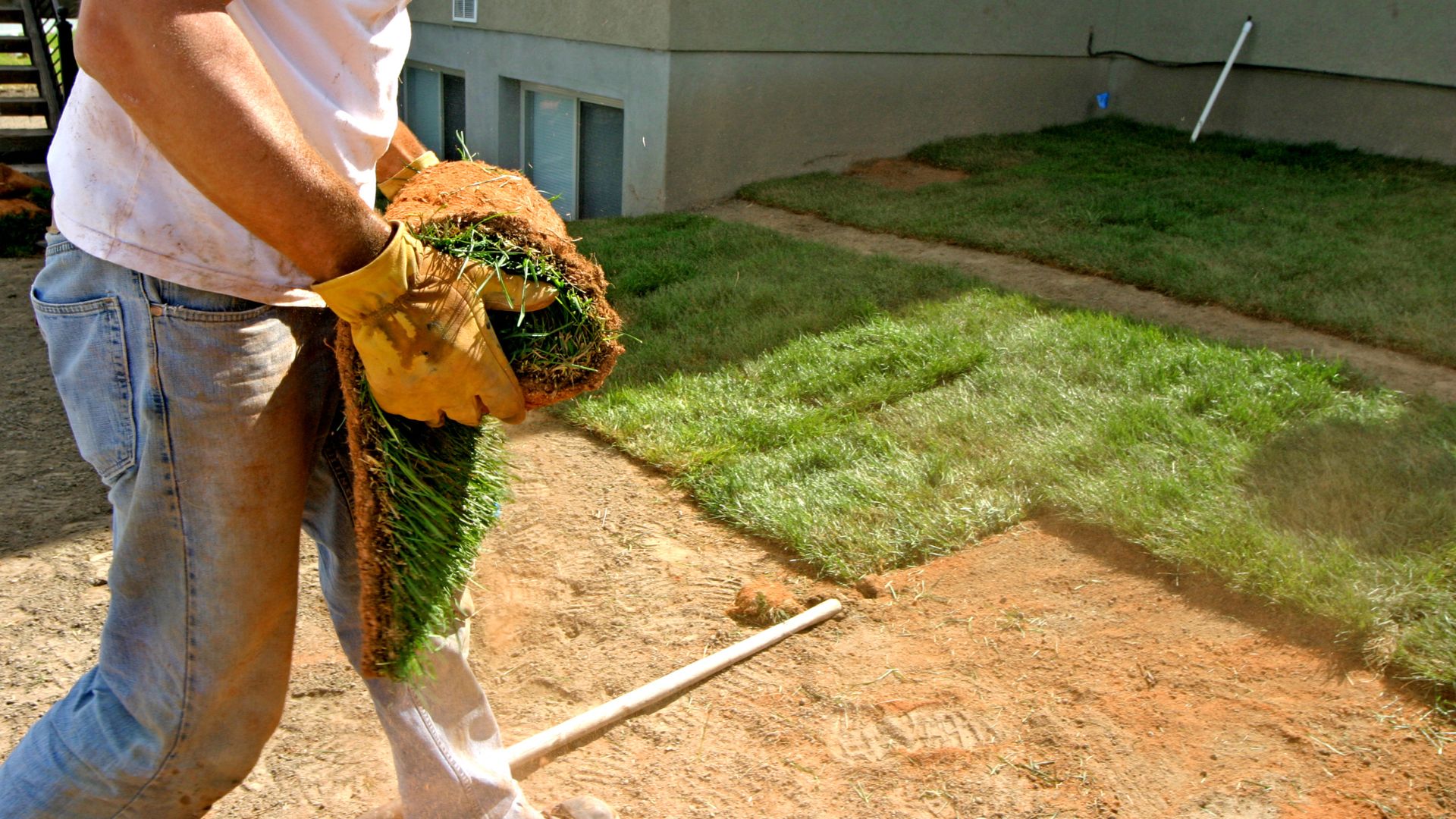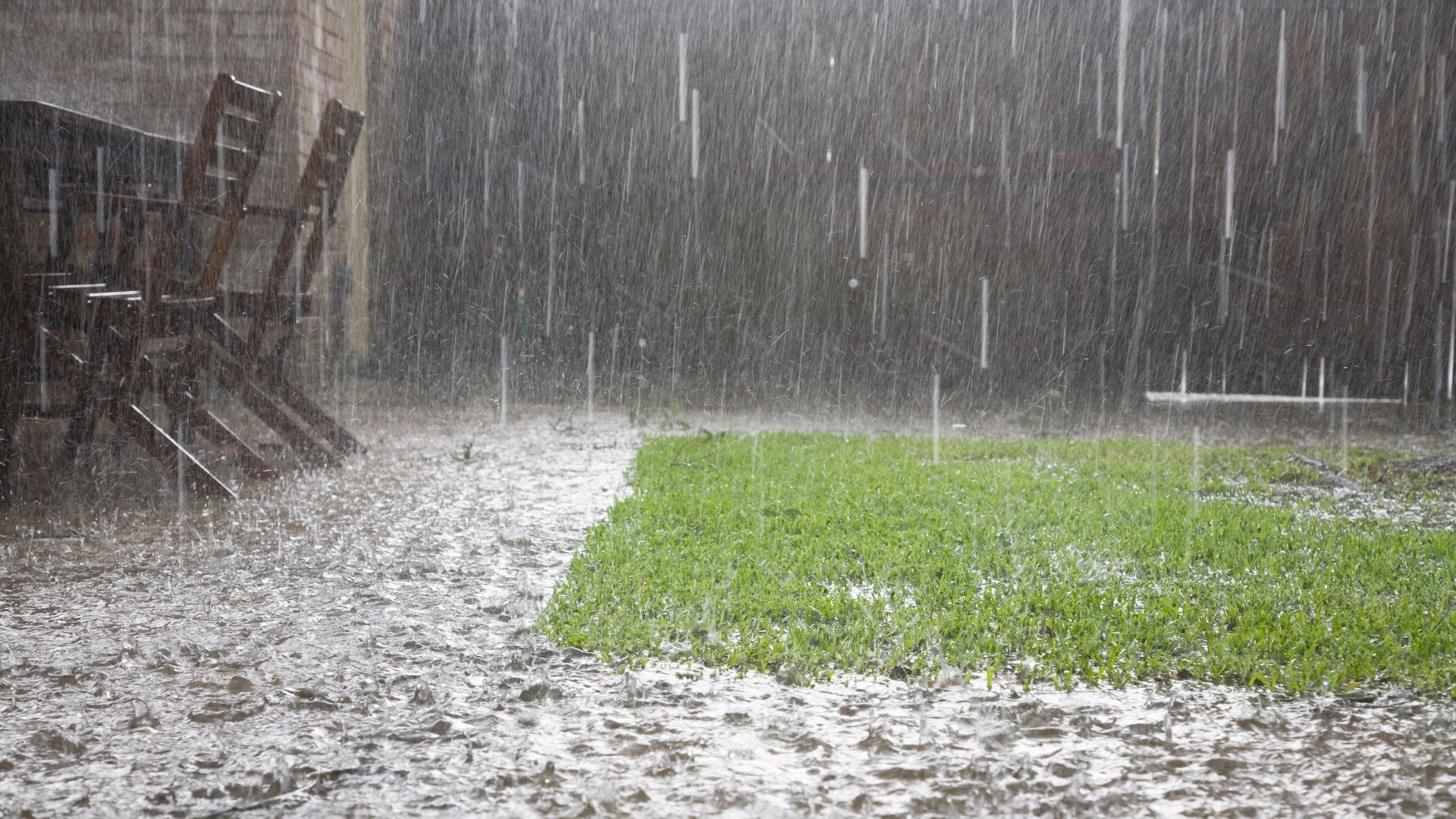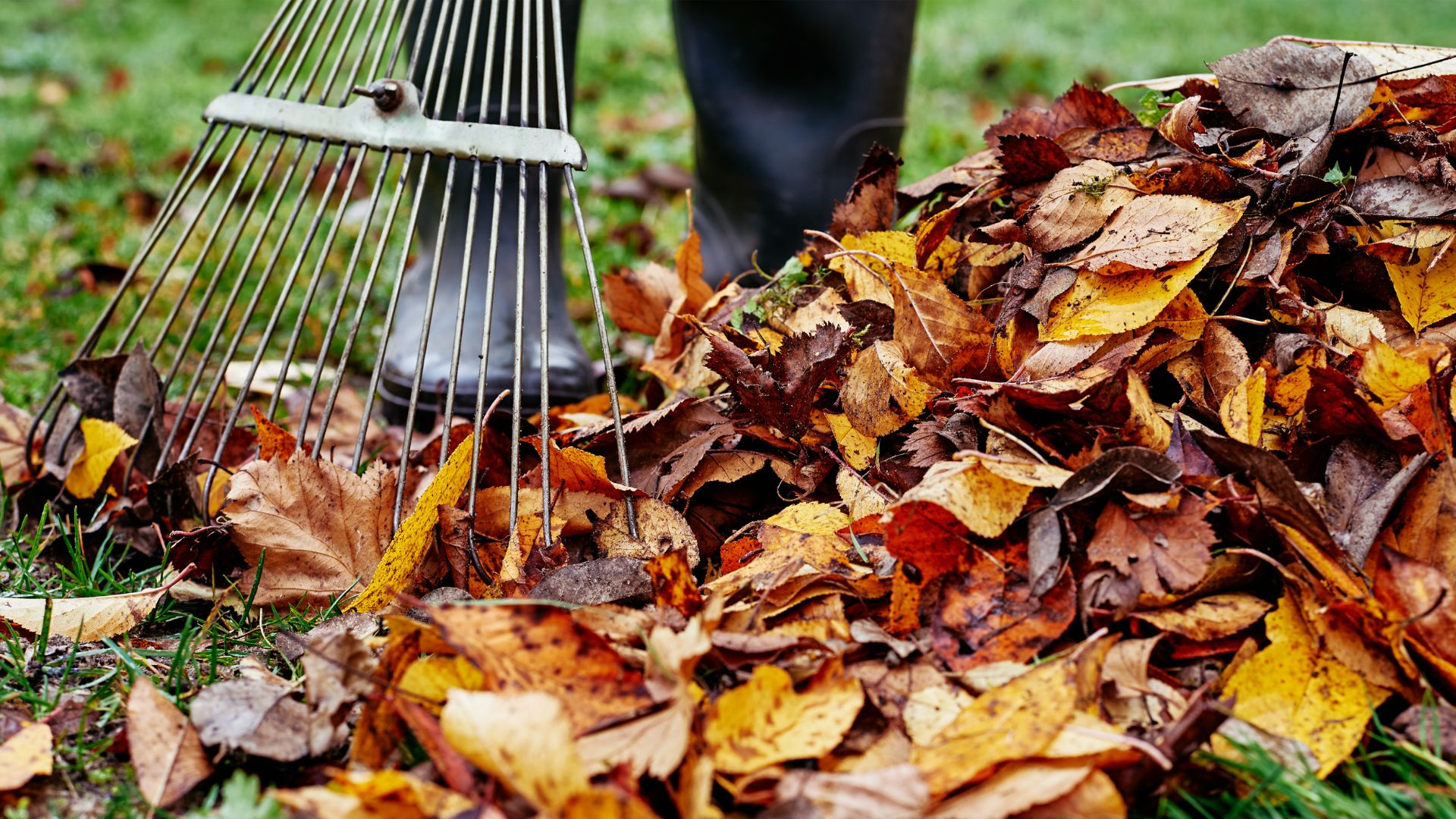


During spring and summer, the landscaper’s phone doesn’t stop ringing. You’re flat-out mowing lawns, laying turf, installing irrigation or building garden beds. But then winter rolls around and the money coming in slows whereas the bills don’t. Seasonal cash flow is one of the biggest issues for landscapers.
Income can spike for a few months, then drop right off. You might go from barely keeping up with jobs to wondering how to fill the week. Without good systems in place, it’s easy to lose track of spending, forget to save for tax, or struggle through the slow season. However, the right bookkeeping strategies for landscapers can balance out the busy and quiet seasons, keep your landscaping business finances steady, and help you feel in control year-round.
Landscaping is a seasonal trade by nature. The warmer months are packed but in the cooler months, projects slow, clients hold back on spending, and income drops. This uneven income cycle makes managing finances in landscaping tricky.

Expenses like equipment, fuel, insurance, and wages don’t always match up with income. Many landscapers make the mistake of spending heavily during peak season without setting aside funds for quieter months, but seasonal cash flow management isn’t about just surviving the off-season. It’s about setting your business up to stay strong year-round.
First things first: separate your business and personal finances. When tax time hits, sorting through mixed transactions is a nightmare. A dedicated business account makes your landscaper bookkeeping cleaner, faster, and more accurate.
Next, track your income and expenses consistently. Don’t wait until the end of the quarter to figure out where your money went. Use bookkeeping software designed for service trades — something that helps you record invoices, track fuel, materials, and equipment costs, and manage your cash flow easily.
Reconciling your bank accounts regularly is another must. It ensures your records match what’s in the bank, so you catch any errors or missed payments early. Small, regular updates are far easier than one big, stressful catch-up session before BAS is due.
One of the best cash flow tips for landscapers is to budget for the slower months while you’re in the busy season. When jobs are coming in fast, set aside a portion of each payment for future expenses such as taxes, insurance, and quiet-season overheads. A buffer fund is your best friend. Having a few months of expenses saved up gives you breathing room when income dips.
Invoice management is another key part of seasonal cash flow management. Don’t wait until the end of the week (or month) to send invoices. The sooner you bill clients, the faster you get paid. Consider online payment options like card payments or PayID to make things easy for customers. Faster payments mean steadier cash flow.
Negotiating supplier terms can also help. If you’re spending heavily on materials during peak times, try arranging longer payment terms or bulk discounts. Managing payroll carefully during fluctuating demand periods keeps costs predictable.

Accounting for landscaping businesses isn’t just about keeping records; it’s about understanding patterns. When you can see what’s coming, you can plan confidently instead of stressing about what’s next. Look back at your previous years and figure out when exactly your income increased and decreased. Next, consider how much you spent during peak months. This historical data helps you forecast your cash flow and make better decisions about spending, saving, and hiring.
You can also use seasonal trends to plan promotions or new services. Maybe offer garden maintenance packages or winter clean-ups in the slower months to keep income steady.
Many landscapers start out doing their own bookkeeping, but as business grows, admin can take over. If you’re falling behind on invoices, missing GST deadlines, or you’re unsure how to handle BAS, it’s worth talking to a professional bookkeeper who understands accounting for landscaping businesses. They can save you serious time and money by helping you manage your invoices, track your expenses, and help you plan for seasonal ups and downs. Outsourcing reduces your stress and helps you make better financial decisions with accurate, up-to-date information.

Managing cash flow in a seasonal trade like landscaping can be work, but it doesn’t have to be a constant struggle. By separating your finances, staying on top of expenses, and using smart bookkeeping strategies for landscapers, you can build stability into your business.
Seasonal income planning and consistent bookkeeping are what keep your business running smoothly through every season. Start small by setting up your accounts, tracking your spending weekly, and building a buffer fund.
If bookkeeping still feels like a headache, you don’t have to do it alone. At Darcy Bookkeeping and Business Services, we help landscapers and tradies across Australia take control of their finances and simplify their books. Click here to learn more about bookkeeping for tradies made easy, send an enquiry or call us on 1300 728 875 to see how we can help you out with your bookkeeping.
Set aside money during your busy months to cover quieter periods and monitor your expenses closely. Using bookkeeping software can help you see where your cash is going so you can adjust before things get tight.
Yes. A professional bookkeeper can prepare regular cash flow statements showing exactly what’s coming in and going out. This helps you in managing slow season finances and making smarter spending decisions.
Cash flow refers to the movement of money in and out of your business. Positive cash flow means you’ve got more coming in than going out which is the goal. In landscaping, cash flow can be uneven due to seasonal demand, which is why careful tracking matters.
A cash flow forecast shows when money is expected to come in and go out of your business so you can see in advance when funds might be tight and prepare accordingly.
